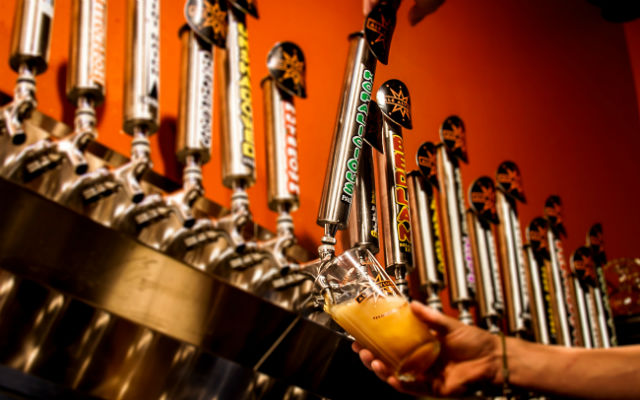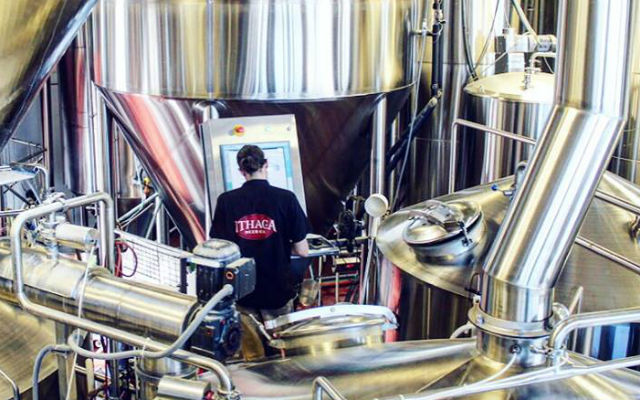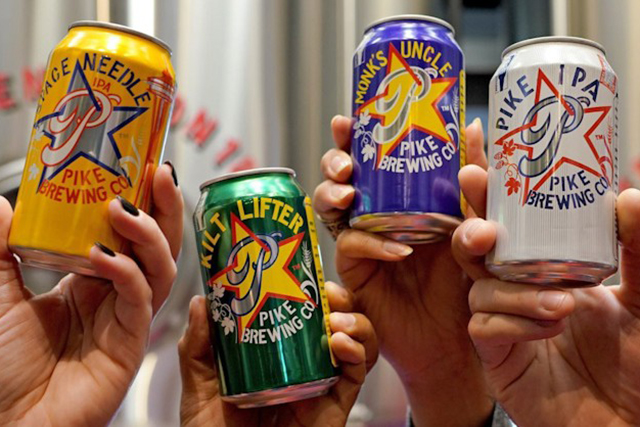
Communication is the key ingredient with not only forming a relationship with retailers and wholesalers, but for maintaining a consistency in sales and product placement as well.
That’s the philosophy penned by Hathaway Dilba at Ale Asylum in Wisconsin.
“As a supplier, we depend on our distribution partners and craft beer outlets to survive,” she said. “If we fail to maintain a successful partnership there, the chance of us evolving a momentum of growth would be minimal at best.”
Communication with the consumer is just as vital.
“Craft beer is slowing down a little bit as we work through demystifying it for the average consumer,” said Karben4 co-founder Zak Koga. “We need to make the consumer feel safe to enjoy or not to enjoy all different types of beer.
” I think the beer industry is overwhelming the consumer with SKUs and bravado, and we are losing the conversion battle to wine, spirits and macro beer.”
At Karben4 Brewing, Koga says they often preach to not overthink the beer.
“It’s our job to put together really great beers and it is the consumer’s job to vote with their dollars based on their own enjoyment,” he said. “We never want to guilt anyone into buying our beer because it is local or just because we are independent or craft or whatever buzzword is in style. We need to earn [the consumer’s] relationship with our brand and that is a perpetual battle. I suppose you could say humility is the key to selling to anyone and continuously improving your product for any consumer. How do we offer our customer more than what we take?”
Dilba added that Ale Asylum has realized and embraced the importance of engaging with their distribution channels in the sense of a true partnership.
Added Koga: “I think it is important to not be a dickhead while communicating with any buyer, especially when it is a buyer who is not historically a craft buyer.”
He noted that the wine industry really started to blow up when people turned down the pretentiousness entrenched in the industry.
“Today we are still seeing wine grow as it has become more and more approachable to the average consumer,” he said. “The only thing you need to know about any beverage is: do you like it?”







3 Trackbacks / Pingbacks